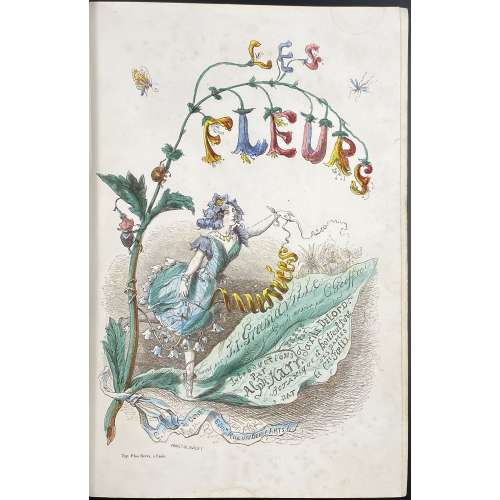Description: An unbound softcover volume 23 x 18 cm, collated as 17 gatherings in 4to, text in fac-simile manuscript printed on
Japon Nacre wove paper with untrimmed outer and bottom margins, with engraved title-page and 11 laid-in hand-coloured etchings after André Collot; in red quarter morocco over marbled boards folder with gilt lettering to spine “P. L. | ~ | PETITES | SCÈNES | AMOUREUSES”, in a matching slipcase 25 x 20 cm.
Complete copy with all the pages, incl. the limitation page.
Title-page: {vignette in colour} | Douze douzains de Dialogues | ou | Petites scènes amoureuses | * || (text in fac-simile ms).
Limitation:
Cet ouvrage a été tiré | sure Japn supernacré | à 100 exemplaire | numerotés de I à C | EXEMPLAIRE № LII.
Content: (97 dialogues, not 144), similar to Pia:
Premier douzain :
Dialogues des Filles nues (1, 3, 4, 5, 6) – 5 dialogues;
Deuxième douzain :
Dialogue[s] des Masturbées (13, 14, 15, 16, 17, 18, 19, 20, [21]) – 9 dialogues;
Troisième douzain :
Dialogues des Masturbées (25, 26, 27, [28], 29, 30, 31, 32, 33) – 9 dialogues;
Quatrième douzain :
Dialogues des Lécheuses (37, 38, 39, 40, 41, 42, 44) – 7 dialogues;
Cinquième douzain :
Dialogues des Phallophores (49, 50, 51, 52, 53, 54) – 6 dialogues;
Sixième douzain :
Dialogues des Goules (61, 62, 63, 64, 65, 65 (i.e. 66), 67, 68, 69, 70, 71) – 11 dialogues;
Septième douzain :
Dialogues des Amoureuses (73, 74, 75, 76, 77, 78, 79, [80]) – 8 dialogues;
Huitième douzain :
Dialogues des Enculées (85, 86, 87, 88, 89, 90, 91, 92, 93, 94, [95]) – 11 dialogues;
Neuvième douzain :
Dialogues des Chieuses (97, 98, 99, 100, 101, 102, 104) – 7 dialogues;
Dixième douzain :
Dialogues des Pisseuses (109, 110, 111, 112, 114) – 5 dialogues;
Onzième douzain :
Dialogues des Mères (121, 122, 123, 124, 125, 126, 127, 128, 129, 130, 131, 132) – 12 dialogues;
Douzième douzain :
Dialogues des Enfants (134, 135, 136, 137, 138, 139, [140]) – 7 dialogues.
Collation: [1]-[17]
4; total 68 leaves plus 11 plates. See another copy of the same book in this collection [
LIB-2819.2021], where 1
3 (blank/limitation) is missing.
Edition: This copy of "calligraphié"
Douze douzains de dialogues ou petites scènes amoureuses was most probably published in Paris by Libraire Robert Télin in 1927, 100 copies on
Japon Nacre as per Dutel (1920-1970) № 1427. This is a complete copy with all 68 leaves;
LIB-2819.2021 has 67 leaves. Another "calligraphié" edition published in c. 1940 (Dutel 1429) is bound and has 80 leaves. Dutel unequivocally attributes the drawings to André Collot.
Plates in this copy are similar to the ones in a pirated copy of
Scènes de péripatéticiennes / Douze douzains de dialogues [
LIB-2961.2022] (Dutel № 2366).
According to Pia (1978) № 358, this is a 1927 edition published in Paris by libraire Robert Télin: « 1 f. blanc, 1 f. (justification), 1 f. (titre) et 65 ff. n. ch., plus 11 gravures à l’eau-forte rehaussées de couleurs ». Edition limited to 100 copies numbered I – C;
this copy is № LII (52).
Catalogue raisonné: Dutel (1920-1970) №№ 1427 and 1429, p. 137 and № 2366, p. 356 ; Pia (1978) 358-9, p. 199-200.
Contributors:
Pierre Louÿs (French, 1870 – 1925) – author.
André Collot (French, 1897 – 1976) – artist.









 Title-page (red and black): SPADDY |
Title-page (red and black): SPADDY | 


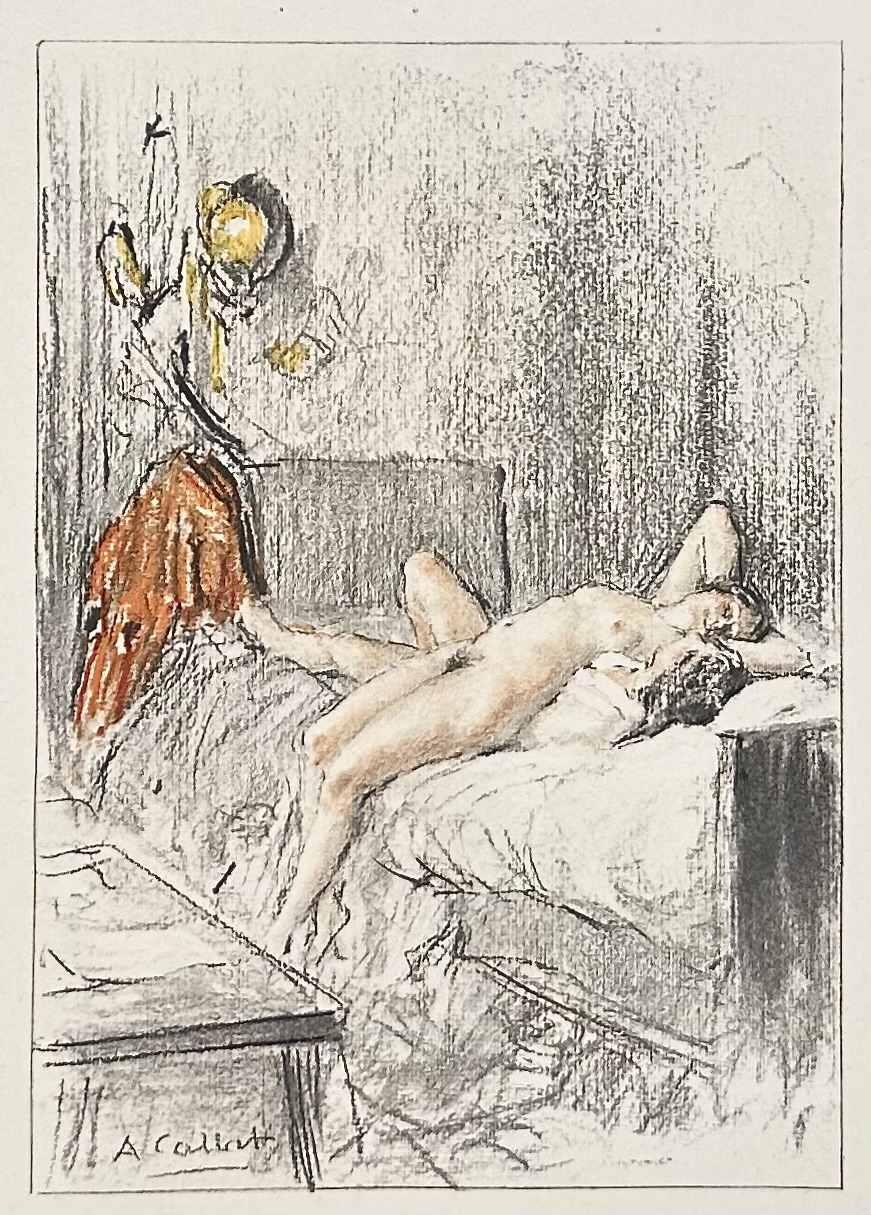
































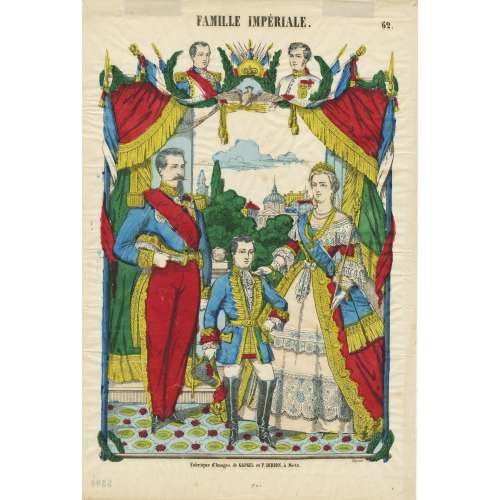
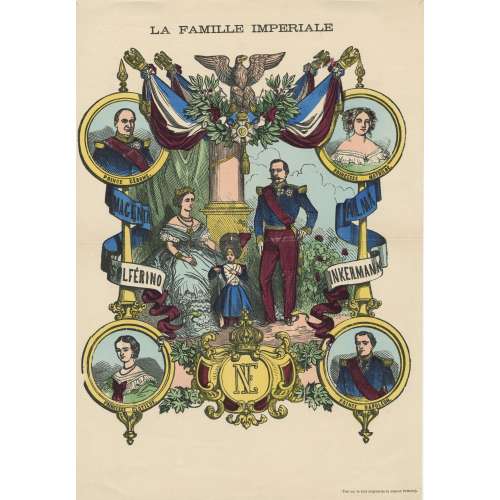


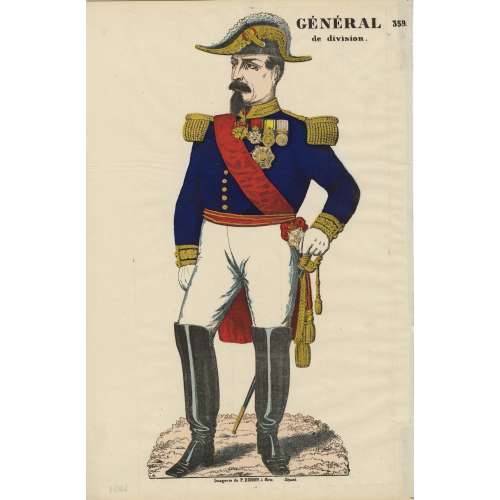








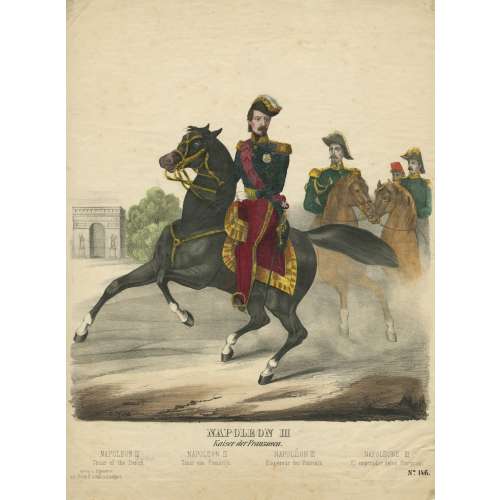


 Title-page: LES FILLES | DE LOTH | • | et autres poèmes | érotiques | recueillis par le | Vidame de Bozegy | • | A SODOME | — Imprimerie de la Genèse — | 1933 ||
Edition limited to 500 copies, this is copy № 54.
Catalogue raisonné: Dutel III № 1575.
Title-page: LES FILLES | DE LOTH | • | et autres poèmes | érotiques | recueillis par le | Vidame de Bozegy | • | A SODOME | — Imprimerie de la Genèse — | 1933 ||
Edition limited to 500 copies, this is copy № 54.
Catalogue raisonné: Dutel III № 1575.





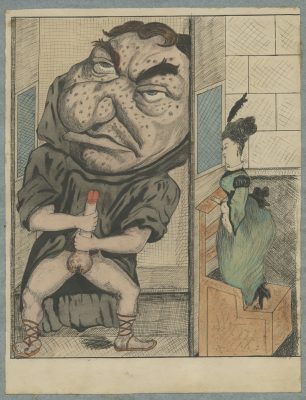 5) Napoléon III et Thérèsa (chanteuse Désirée Emma Valladon): 216 x 176 mm
5) Napoléon III et Thérèsa (chanteuse Désirée Emma Valladon): 216 x 176 mm








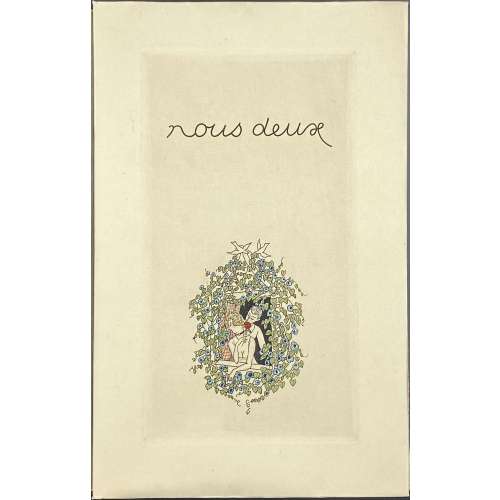





 Copperplate:
Copperplate:


